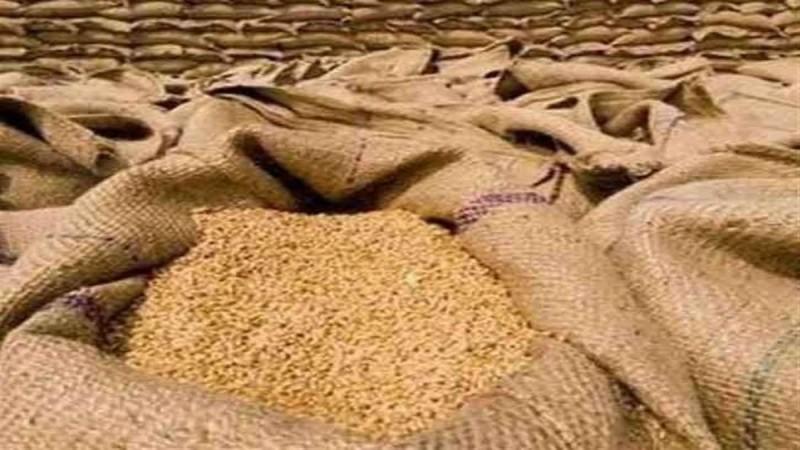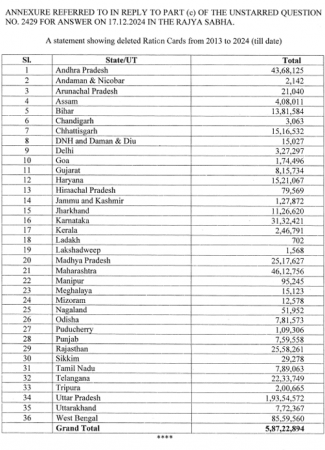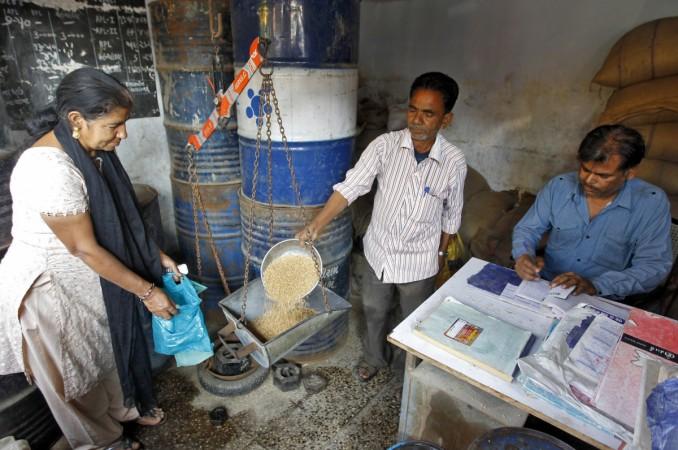
As many as 5,87,22,894 ration cards have been cancelled as these cards were found fake during the process of digitizing and re-verification of these cards. The highest number of 1,93,54,572 fake ration cards were detected in Uttar Pradesh, followed by 85,59,560 in West Bengal, 46, 12,756 in Maharashtra and 43, 68, 125 in Andra Pradesh.
Replying to a question in the Rajya Sabha Minister of State for Consumer Affairs, Food, and Public Distribution, Nimuben Jayantibhai Bambhaniya said that at present, 80.67 crore persons are provided food grains free of cost under Pradhan Mantri Garib Kalyan Anna Yojana (PMGKAY).
"Out of 80.67 crore PMGB3Y beneficiaries, eKYC of approximately 65 percent of PMGIGXY beneficiaries have been completed across the country. This Department has requested all state governments and Union Territory administrations to expedite the eKYC process", the Minister said.
"At present, 99.8% of ration cards under PMGKAY have been seeded with the Aadhaar number of at least one member of the beneficiary household", the Minister further said.

"As an outcome of the use of technology in Targeted Public Distribution System operations since 2013, i.e., digitization of ration cards/beneficiary databases, Aadhaar seeding, de-duplication process, identification of duplicates, ineligible records, deaths, permanent migration of beneficiaries, etc. all states and union territories have been able to weed-out approximately. 5.87 crore ration cards between 201 3 to 2024 in order to achieve rightful targeting", the Minister said.

Centre, state governments jointly operating TPDS operation
The Minister said that the Targeted Public Distribution System (TPDS) under the National Food Security Act, 2013 (NFSA) is operated under the joint responsibility of the Central and State Governments.
"Under the joint responsibility of the Union and the States, the responsibility for identification of beneficiaries, within the coverage determined for the State/UT rests with the concerned States/UT.", the Minister said, adding, "Identification of beneficiaries under the Act is under two categories households covered under Antyodaya Anna Yojana (AAY) which constitute poorest of the poor, to the extent specified by the Central Government and the remaining households as priority households (PHH) to be identified by the State Governments/ UT Administrations as per criteria evolved by them, within the coverage determined for the State/UT".
Panel recommended gradual introduction of cash transfers in PDS
The Minister informed that the high-level committee on restructuring of the Food Corporation of India in its report, published in January 2015, had recommended for gradual introduction of cash transfers in the Public Distribution System.
"The Direct Benefit Transfer (DBT) scheme for food subsidy is implemented as per the provisions of the Cash Transfer Food Subsidy Rules, 2015 notified under the NFSA", the Minister said, adding, "As per the rules, the scheme is optional for the States/U-Ts to implement the cash transfer of food subsidy scheme or continue with the distribution of foodgrains as per provisions of the NFSA through fair price shops".




![PM Modi's 2025 in frames: From Op Sindoor to Ram Mandir Dhwajarohan [Photos] PM Modi's 2025 in frames: From Op Sindoor to Ram Mandir Dhwajarohan [Photos]](https://data1.ibtimes.co.in/en/full/826530/pm-modis-2025-frames-op-sindoor-ram-mandir-dhwajarohan-photos.jpg?w=220&h=135&l=50&t=40)
![PM Modi's 2025 in frames: From Op Sindoor to Ram Mandir Dhwajarohan [Photos]](https://data1.ibtimes.co.in/en/full/826530/pm-modis-2025-frames-op-sindoor-ram-mandir-dhwajarohan-photos.jpg?w=220&h=138)








